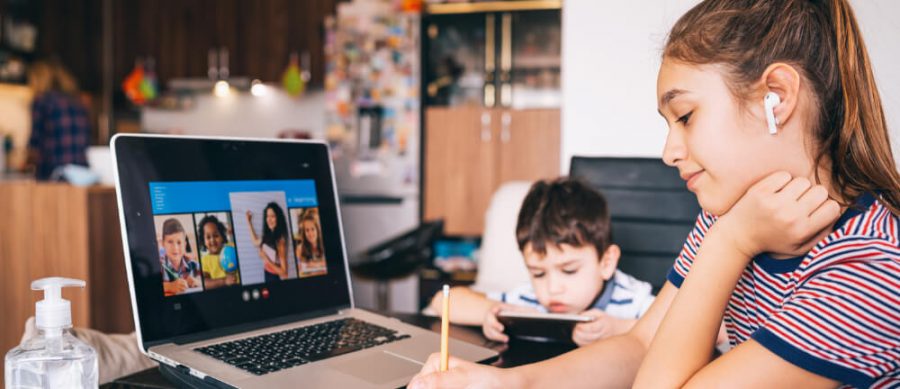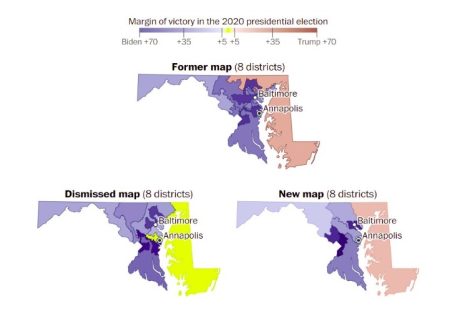Why Online Learning Might Not Be The Way of the Future
Online learning, which is essential during quarantine, could potentially be seen as a safer, more orderly way of getting things done even after this crisis and into the future. Has the virus simply accelerated a natural progression to online activities? Digital learning has the potential to increase efficiency in terms of work, and it’s remarkable how many things can be done from home that we never thought possible. In many ways, we are all realizing the extent to which we can function independently. Institutions across the globe are realizing their ability to preserve their practices online and maintain connections while physically separate. The internet and social media have always helped us to maintain relationships, and now that they’ve become one of the only methods of communication, we rely on them even more. Will we continue to do that after quarantine?
At SSFS, we’re taking many steps to sustain the community digitally and continue to make one another feel supported. We are using activities such as Zoom Meeting for Worship, the All School Assembly, and activities at break to prove how strong our community really is and to continue traditions. However, not being physically together has somewhat decreased the balance of a school day. We don’t have lunch, break, or activity period together as a community. The time spent focused on school has been reduced, at least on some level, to primarily work, class, and assignments. This can be a good thing in some ways: CJ Gale, a junior at Sandy Spring, says, “I actually don’t hate it because I get to hang with my parents more and still do my own thing but I really miss classroom interactions.” Irene Denniston, also a junior, points out, “I do find it easier to do late work.” This increased independence and ability to do work at our own pace has no doubt yielded some benefits. With the continuing concerns about Covid-19, will we as a society get used to these benefits and remain on online platforms more often in the future?
Despite these advantages, there are some issues with online learning, and it fails to replace face-to-face interaction. Has quarantine shown us the problems and gaps in online learning as opposed to expediting the progression to a more digital life? Online classes and meetings don’t offer the same level of interpersonal interaction that talking to people face-to-face does. There is a level of casual conservation that occurs when seeing people in person that is lost online. It takes more effort and thought to text someone than it does to make small talk when you are physically with them. This gets rid of most spontaneous check-ins with people we don’t talk to as much. It is easier to keep in contact with your close friends, but we cannot replicate the daily interaction and conversation of in-person activities. There is less collaboration because the nature of online work is isolating to at least some degree. Does that mean that communities have ultimately become less connected despite attempts to reach out and preserve relationships?
In our SSFS community, it’s hard to keep up with classes as well as maintain social connections. You can’t really ask the simple, passing questions that you would ask a teacher in class, because emails are typically for more important things. Community has inevitably suffered during this separation, because there’s no real way to completely maintain connection in part because everyone’s quarantine experiences are so different. Grayson, a junior at SSFS, sums this issue up: “I don’t really feel a sense of bonding anymore but I think there’s only so much the school can do, I don’t wanna have 5 zooms a day.” Students are in different time zones, have different family structures, and simply don’t want to constantly be online. It somehow feels more exhausting to have back-to-back zooms than it does to go from class to class in person. Maybe it’s because we now feel like we’re doing it alone. Independent studies come with their own issues, because it’s harder to fully understand the instructions of an assignment or task with less synchronous explanation, which is an issue that is likely occurring in other schools and environments that have moved online. It’s easier to fall behind, and in some ways harder to ask for help, because we structure our own days. Getting behind can feel like a personal failure to stay on track and keep up with our responsibilities.
The increased freedom comes at a cost of less motivation for many. Grayson says, “I don’t like it and find myself getting distracted at home…I can’t focus enough on my schoolwork.” An obligation to work coming from a screen feels somehow less binding than actual directions from a teacher in a classroom. Work ethics are one thing that students are struggling with during this time. Irene explains, “As much as it is damaging to my grades, it is kinda nice to just be able to walk away from my work whenever I want to.” This increased autonomy is good in that it gives students more power, but we also seem to feel a collectively decreased sense of urgency. For many students, the long amount of time that online school has lasted plays a big role. Grayson says, “I was digging online school for like 2 weeks and then it got old”, and CJ says, “before I felt motivated to go to class and do my work but now I’m kinda sick of it”. This decrease in focus and enthusiasm is described by Irene, who explains how she “initially found it easier to keep track of all my work but after a little while it all starts to blend together.” These instances of waning excitement might indicate that digital life may not be a long term change that keeps everyone happy.
This is evidently a difficult time for many reasons, and certainly a time of change. Sandy Spring Friends School is definitely doing the best we can during this period, and there is a powerful message to be learned from the inspiring preservation of an online community. However, these important connections cannot fully replace real-life interactions in all senses. While this quarantine is certainly showing us how we can continue activities in ways we didn’t think possible, the isolation might help us realize why we need in-person connection as opposed to speeding up the switch to online. This is not an entirely optimal way to learn and connect, which may be showing society that we will need real interactions just as much as online connection in the future.






